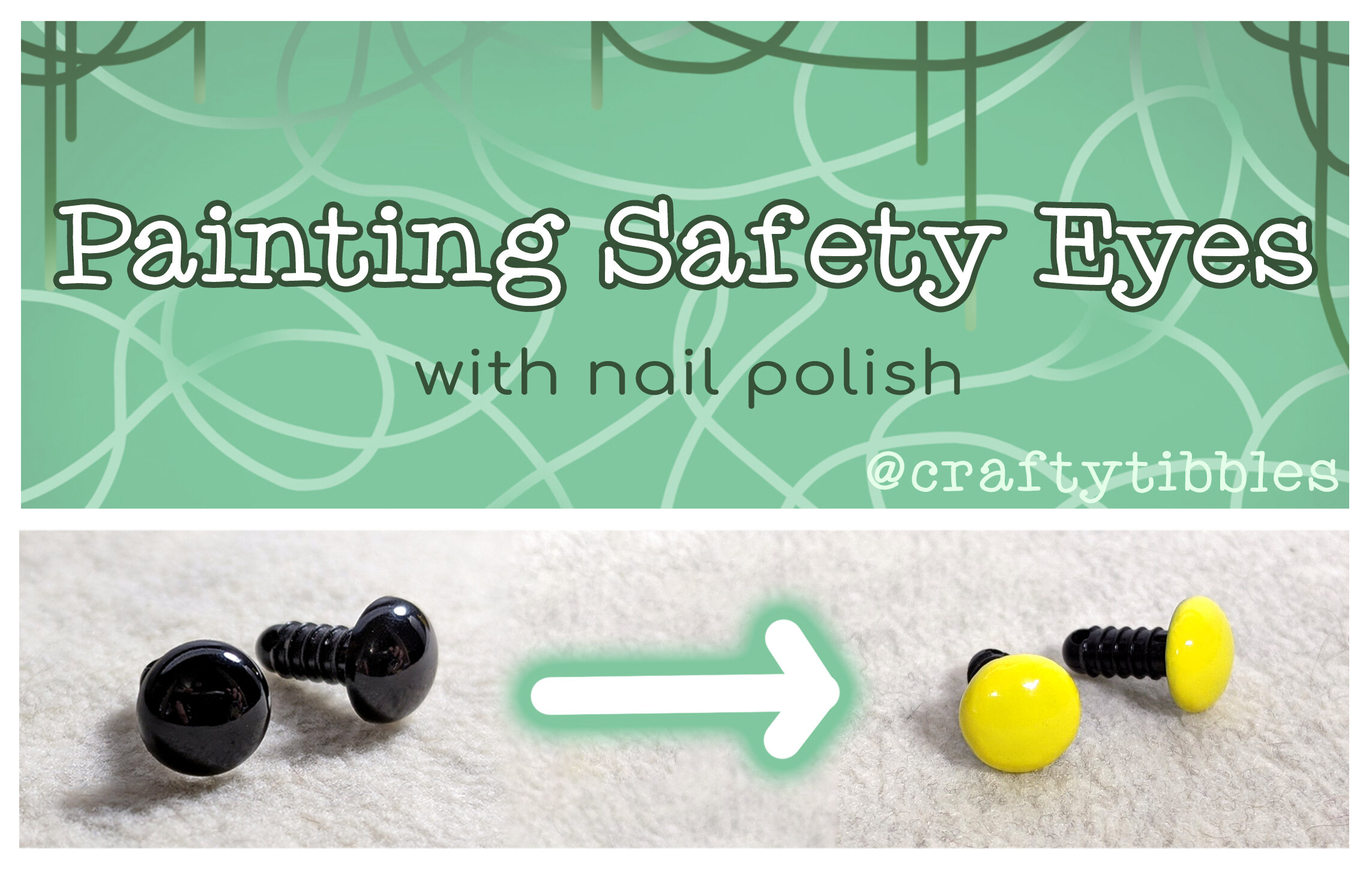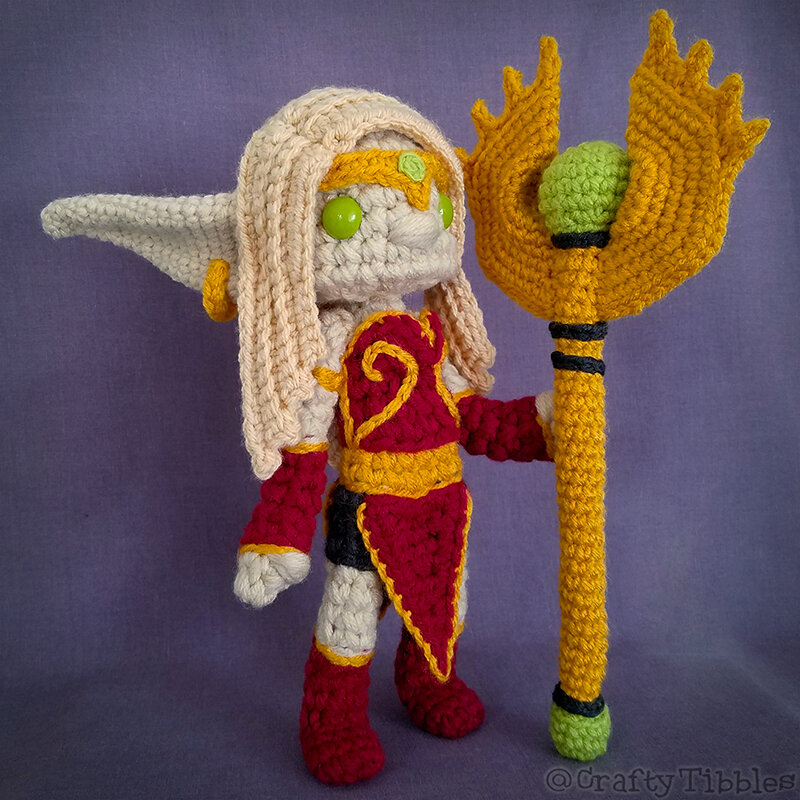Yarn, Tension, and Hook Sizes in Amigurumi
Amigurumi is chill because gauge doesn’t really matter. I know when I try to make anything wearable, I endlessly stress over the gauge. You’re not going to put this thing on, so there’s no fussing with rulers, and no need to get your bust size involved.
What is important is finding a comfortable tension and hook size, accompanied with the right yarn. You want to produce full, cushy stitches, and avoid leaving holes.
There’s tons of amazing amigurumists out there that work in all types and sizes of string! Everyone has their preferred medium, methods, and it’s all valid. These are just my opinions on what works for me, and why my patterns look like they do.
First off: yarn. I am in no way a yarn snob, and you can find me with a shopping basket full of store brand acrylics, baby. Most of my collection is made up of: Red Heart, Caron (One Pound, not the skinny shiny stuff), Michael’s Impeccable, and Joann’s Big Twist. (If any of ya’ll wanna give me free stuff, here I am~)
You’ve probably noticed that Worsted Weight (4) can vary wildly from brand to brand. I prefer a stiff, “itchy” yarn for main structural pieces. I avoid limp, shiny, soft or anti-pilling yarns. (They still have their use- anything that needs to drape, like a cloak, skirt, or hair would be good in one of these yarns. But stuff ‘em and they get full of holes.) If you really wanted to work entirely in a skinnier shiny yarn, you’d have to size down to maybe a D hook. But it just doesn’t make a good stiff fabric that’s gonna hold itself up.
Just out of shot: a pile of more yarn. Katamari Prince is a yarn painting by @artwithanak! Is there anything yarn can’t do?
Second factor: tension. I crochet pretty loosey-goosey. This seems counterintuitive when you’re just starting amigurumi, and haven’t built enough muscle memory yet. I can see it in my very early work.- I’d stranglehold the yarn, thinking tighter is always better. This usually ends in holes, connected by tight-knots of stitches. It’s also much harder to insert your hook into these choked spaces, and your hands will ache. Pulling slip stitches or a foundation chain too tightly will pinch the whole shape like a drawstring.
You’re looking for a plush, full fabric, that lets the springiness of the yarn fill out every stitch. So relax your grip. Go up or down a hook if you need to, and find what works for you.
Both made with an F hook. The smaller one hurt to make, is too tight, and actually highlights the holes in it. Do the version that doesn’t cause physical pain!
Finally, the hook size. As I’ve said, it’s pretty subjective in amigurumi, as long as it compliments the yarn. The suggested hook/needle sizes on yarn packaging are meaningless to us, and way too big. They’re assuming you’re making a baby blanket with it, and not a stuffed rat in a trashcan.
These are what my patterns usually call for, but use whatever gives you the best results. Going up or down a hook won’t drastically alter the size of the finished project. But if you are looking to drastically alter the size- I’ve got that covered too.
My favorite hooks for amigurumi:
(I’ve used Clover Amour hooks for years now. I like the rubbery round grip and the easily identifiable colors.)
F (3.75mm) - What I use the most. It is my favorite size, and I literally have my rat-chewed pink hook tattooed on me.
E (3.50mm) - I use this when a piece needs to be a little smaller and tighter than the current scale. If you only have one hook, you can achieve this by just working tighter on that piece. (But collecting hooks is fun, and easier on your hands!)
J (6.00mm) - With 2 strands held together, this makes a BIG stitch, and can triple the size of your project. (My Sword, and Giant Bong patterns are made this way)
C (2.75mm) - With a Fine weight (2) yarn, or a half-strand of worsted (split 2 of the 4 plies.) At half the scale, this is good for small details to be sewn on. Or cut the size of the whole project in half for a tiny version, suitable for an ornament!
All made with the same pattern.
I hope that answers some frequently asked questions, and inspires you to experiment and get weird. Thanks for coming to my Ted Talk.
































